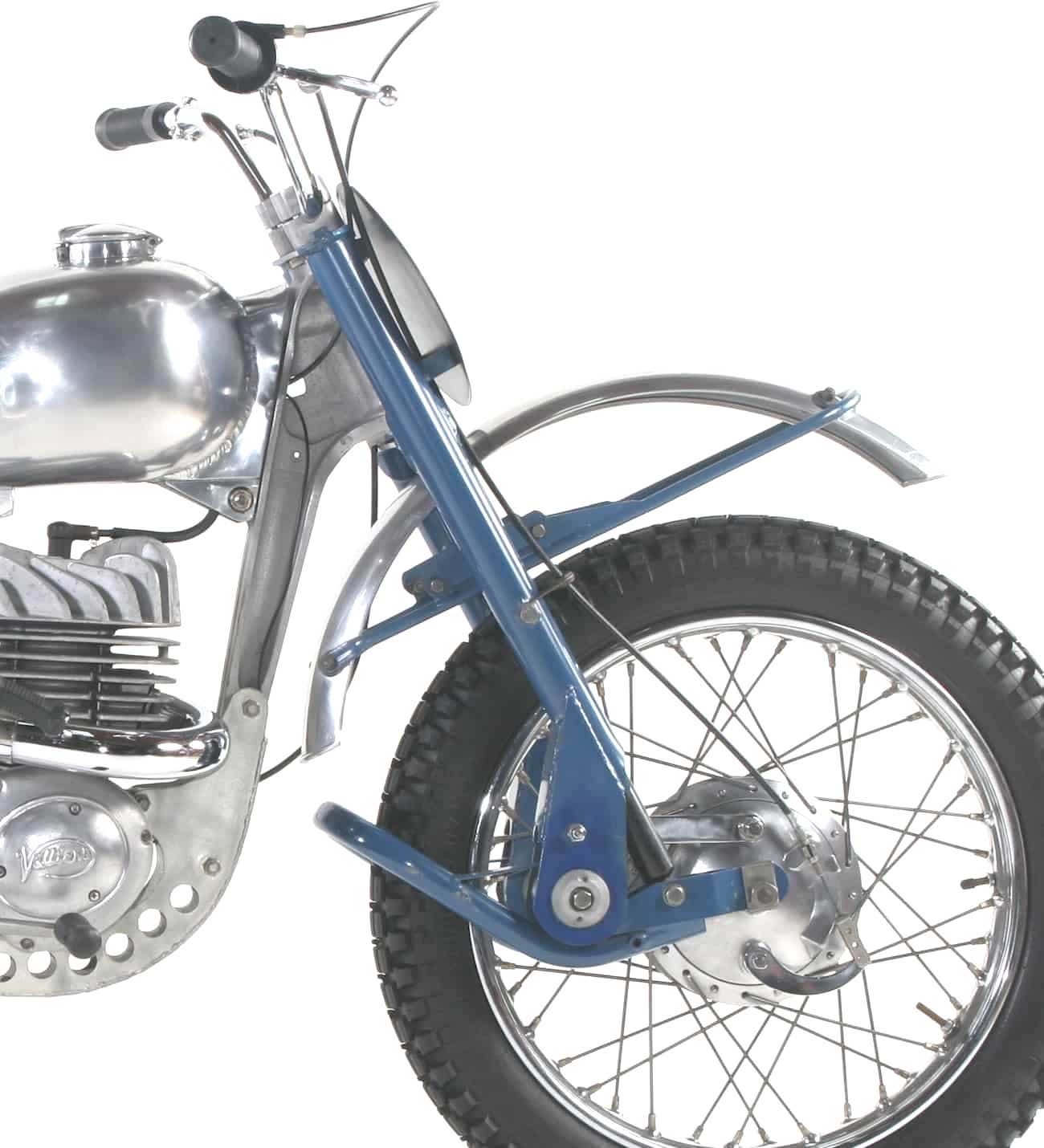CLASSIC MOTOCROSS IRON: 1963 GREEVES 250 STARMAKER
By the end of the 1962 season, the Greeves-modified 34A Villiers engine used by the factory riders was showing its age. Greeves had increased the power by 25 percent over the original Villiers engine by using a new aluminum cylinder, larger carburetor and improved exhaust design. Unfortunately, transmission, clutch, and crankshaft problems were all too common. Out of frustration with the Villiers engine, Greeves started development on its own engine.
Not wishing to lose the Greeves business, Villiers developed an all-new engine, dubbed the Starmaker. It was radically different from previous Villiers engines, with a strengthened crank, duplex primary chain and redesigned clutch and transmission. The most notable feature was the use of two Amal Monobloc carburetors that were set to open progressively. The twin carb concept was supposed to provide better bottom and more top. Power output was 25 horsepower at 6500 rpm.
In 1963, Greeves introduced the Starmaker 24ME model utilizing the new Villiers engine. Starmaker 24ME production was only 89 units, as Greeves had little confidence in the design. Greeves only made a motocross model of the twin-carb Starmaker, but this would have been a better road race engine.
Unfortunately, Greeves was right. The machine was so bad that factory rider Dave Bickers switched to rival brand Husqvarna in the middle of the ’63 GP season. Many Greeves dealers couldn’t get the Starmaker to run, and customers demanded refunds. The twin-carb Starmaker was the end of the Greeves/Villiers relationship, and Greeves began manufacturing their own engines.
There are no Starmakers left in England, and this original and unrestored example at Tom White’s Early Years of Motocross Museum may be the only remaining intact Starmaker in the world. Value is at least $40,000.
For more info on classic bikes go to www.earlyyearsofmx.com









Comments are closed.